Symbol of Abu Ghraib Seeks to Spare Others His Nightmare
The photo of him in a hood, arms outspread and with electrical wires trailing from his body became the definitive image of the prison abuse scandal. He is now heading up a prisoners' rights organization.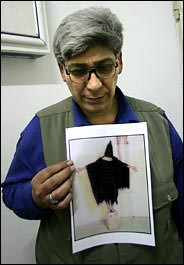
N.Y. Times:
AMMAN, Jordan, March 8 — Almost two years later, Ali Shalal Qaissi’s wounds are still raw.
There is the mangled hand, an old injury that became infected by the shackles chafing his skin. There is the slight limp, made worse by days tied in uncomfortable positions. And most of all, there are the nightmares of his nearly six-month ordeal at Abu Ghraib prison in 2003 and 2004.
Mr. Qaissi, 43, was prisoner 151716 of Cellblock 1A. The picture of him standing hooded atop a cardboard box, attached to electrical wires with his arms stretched wide in an eerily prophetic pose, became the indelible symbol of the torture at Abu Ghraib, west of Baghdad. [The American military said Thursday that it would abandon the prison and turn it over to the Iraqi government.]
Your support matters…Independent journalism is under threat and overshadowed by heavily funded mainstream media.
You can help level the playing field. Become a member.
Your tax-deductible contribution keeps us digging beneath the headlines to give you thought-provoking, investigative reporting and analysis that unearths what's really happening- without compromise.
Give today to support our courageous, independent journalists.
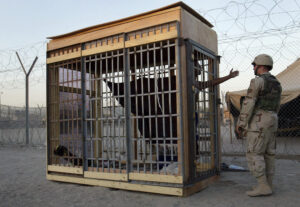
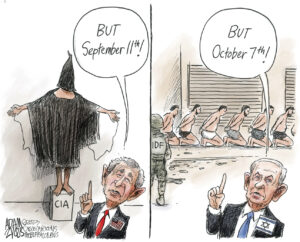

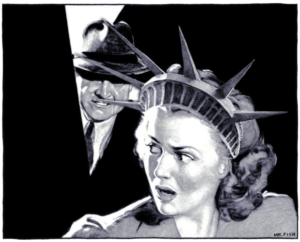
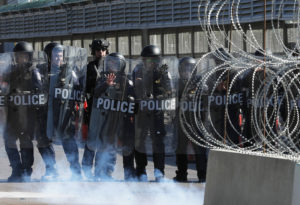
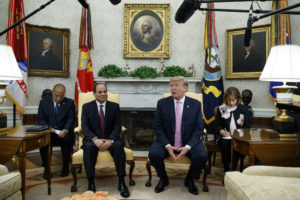
You need to be a supporter to comment.
There are currently no responses to this article.
Be the first to respond.